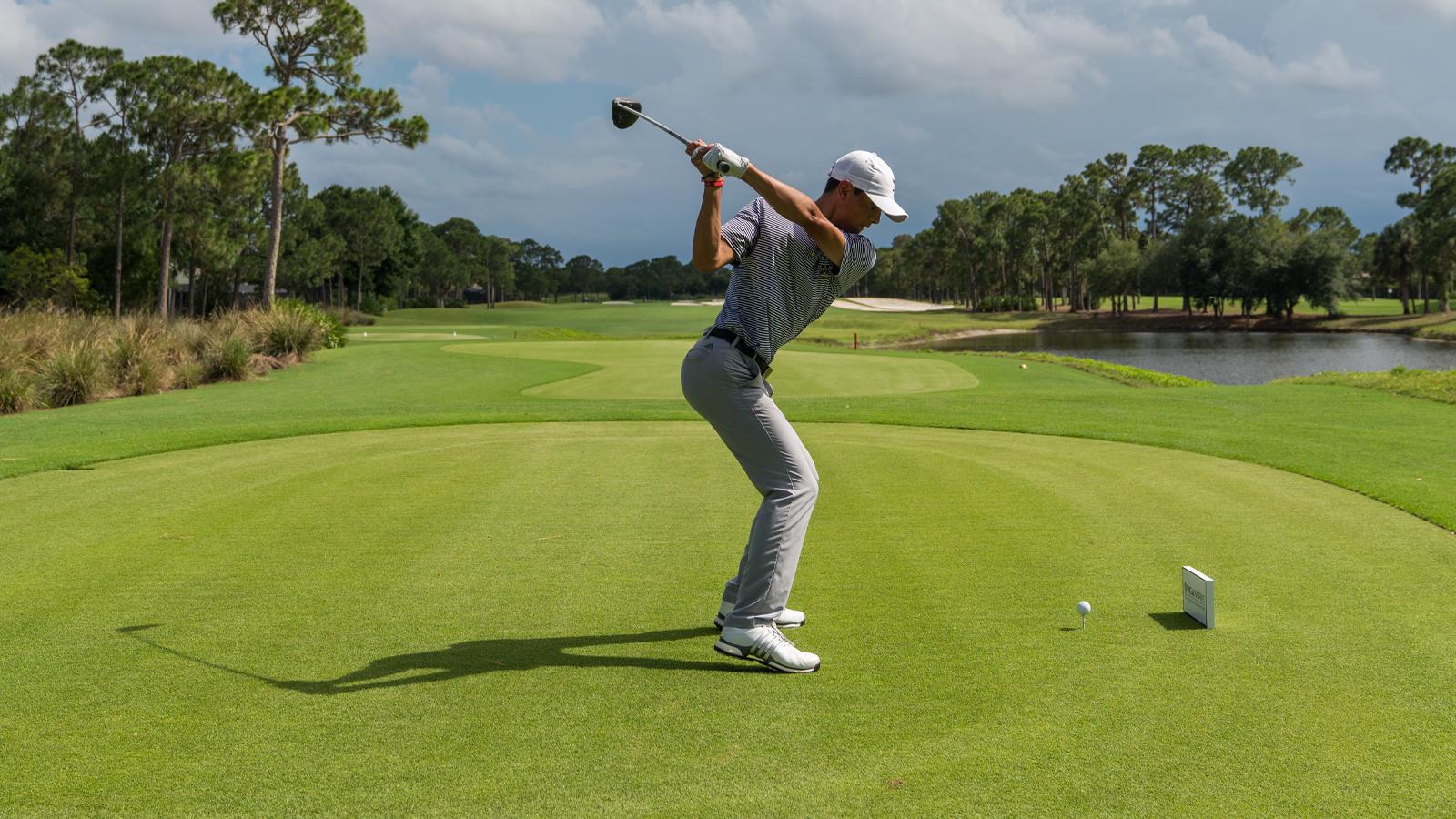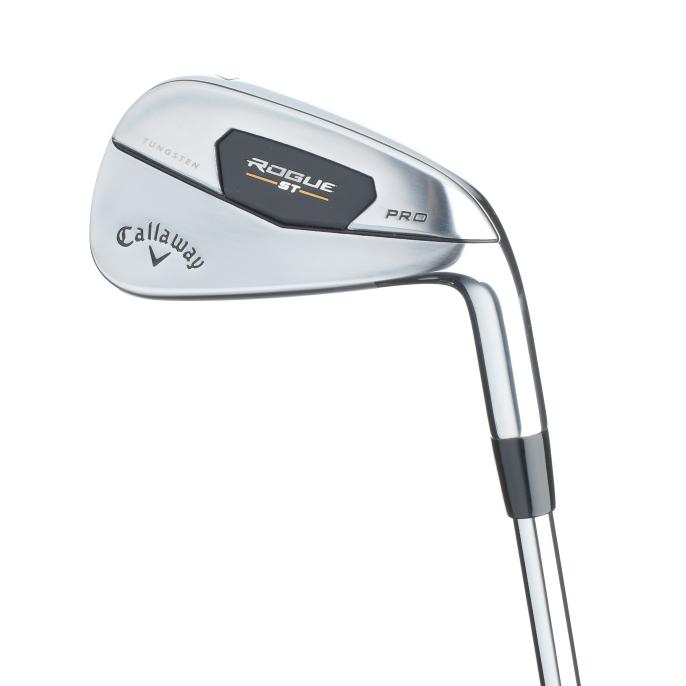
The putting green is a key component of your golf game. Before you can play on the actual course, you must practice on it. Your greens' performance can be affected by rain, excessive or inadequate water intake, and improperly cut greens. There are many ways to prepare for the green, and you can learn how to handle them. Playing on different courses will help you to understand the green conditions. You will need to try different courses before you can learn the best.
Putting green

A putting course for golf can be a great practice area. They are typically rectangular, though some have curved ends. People believe that curved mats make it easier to practice than those with rectangular ends. The Stimp meter is a popular tool to measure the speed of a putting green. It won't take long to get comfortable with your green.
Types
There are many kinds of golf putting courses. Some are flat which are great for practicing low spin shots. Others can be more challenging. No matter the situation, it is important to have enough space on your golf putting green for low-spin shots. Greens can vary widely in shape, but most are oval or oblong in shape. You have the option of a flat green or a slightly sloped green with contours throughout. Your choice in putting green design is mostly up to you.
Sizes
The sizes of golf putting greens vary widely, but there are some basic rules to follow. First, images must not exceed one inch per five feet. The size of books that contain putting green images should not exceed 4 1/4 inches x 7 inches. Although they can be larger, hole location sheets should not exceed 9x7 inches. Only golfers with prescription glasses are allowed to magnify the information on the putting green.
Cost

Golf putting greens cost vary depending on what material is used and how large the hole is. A synthetic green can cost upwards of $20 per square-foot, while a real green may only cost $.70. Because larger greens take more time and require more materials, it is important to determine the size of your golf course. Professional putting green installations will likely cost you between $18,000-$24,000.
Placement
Pin placement is an essential part of any golf putting green. It allows players to choose the best way to approach the hole. If the pin is located on the back, it will take more time than the front. So players must choose where to position their ball. Pin placement on golf courses can vary from one day of the week to another. This is due to the fact that superintendents rotate the pin placements at each green.
FAQ
Can you teach me how to play the game of golf?
Yes. There are several schools where you can enroll to learn how to play golf. You will need to purchase new equipment like a set of golf clubs.
What skills do I need to play golf well?
No. All you need are a pair walking shoes, towel, and a couple of clubs.
What are the various types of golf courses available?
There are many types of golf courses. Some courses are specifically designed for beginners while others are more suited to the experienced player.
Some courses are situated near rivers, mountains, forests, or lakes. Some are located in urban areas. There are many options for golf courses.
Statistics
- In the United States, women made up 25 percent of golfers in 2021, which was up from 19 percent in 2011, and junior female golfers account for 35 percent or 1.1 million golfers.[50] (en.wikipedia.org)
- Buying a set of Titleist or Taylor-Made irons for nearly $1,000 is simply not necessary and likely a waste of money. (golficity.com)
- Professional golfers typically make between 60% and 70% of greens in regulation. (en.wikipedia.org)
- They do this by means of assessing and rating courses according to the average good score of a "bogey golfer," a player with a handicap of around 20. (en.wikipedia.org)
External Links
How To
How to Get the Perfect Bunker Shot
A bunkershot is a type if golf shot where you aim your ball at a specific spot (the hole) in order to ensure that the ball doesn't bounce off of the surface. This is done by taking advantage of the slope of the green. The goal is to direct the ball as far as possible towards hole.
The best way to reach your target point when playing golf is to find the best line. It is important to consider factors like distance to the target, terrain type, whether the ball has to bounce off of the ground or fly straight and weather conditions.
To achieve a perfect bunker shot, you must first understand its physics. It is important to determine whether you are going uphill, or downhill. You will need a drawing club if you are going uphill. You will need to swing with a fade if your face is downhill. Next, calculate how fast you must move your body to stop it from bouncing off green. Measure the angle between the ball's head and the direction it is traveling. Finally, you will need to know how big the bunker is you're trying to hit.
Once you've figured these things out, you can start swinging. Just like any other shot, you should be able to swing the ball hard enough that it passes the club head's face but slow enough to prevent it from bouncing off of the green. Once you have the speed and trajectory you want, you can start to approach. Slowly approach your ball until you're close enough to the landing area. Then, take one last look at the ball before releasing it. If everything goes according to plan, you should be able to hit a perfect bunker shot.